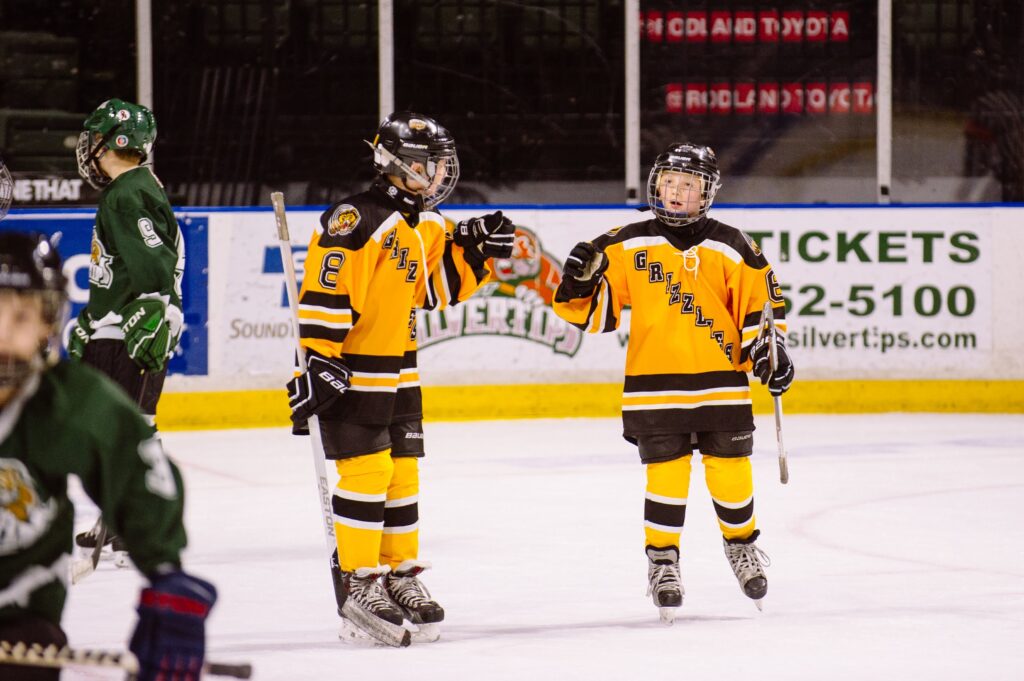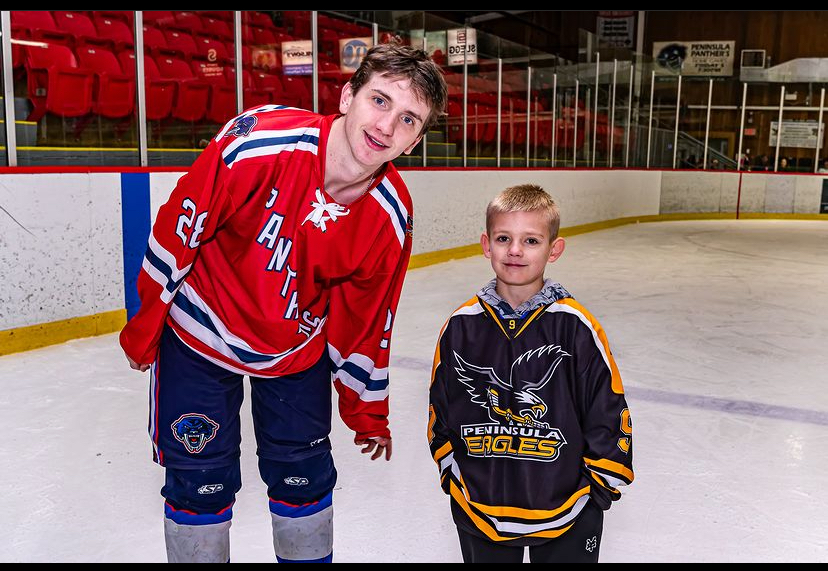Final Reflection on EPHE 246
Throughout EPHE 246, I have developed a much deeper understanding of physical and health education. This course has taught me how important it is to take a well-rounded approach to health that includes not just physical activity but also mental and social well-being. Looking back at what I have learned, I can see how these ideas will shape the way I approach health and fitness in my future career and everyday life.
Something I Have Learned Well
One of the key concepts I now understand well is physical literacy. Before this course, I thought physical education was mainly about sports and exercise. However, I have learned that physical literacy is about much more than just playing a sport, it involves confidence, motivation, and competence in movement. This stood out to me because it shifts the focus from competition to participation. As a future PE teacher, I want to make sure that every student, no matter their skill level, feels encouraged to be active in a way that works for them. I will apply this by designing activities that help students build confidence in their movement skills so they feel comfortable staying active throughout their lives.
Something That Has Caught My Interest
One topic that really caught my attention was the 24-hour Movement Guidelines and how few students actually meet them. Learning that only 39% of youth get the recommended 60 minutes of moderate-to-vigorous physical activity (MVPA) per day made me realize how much of an issue inactivity has become. This changed my perspective on physical education because I now understand that movement needs to be a daily habit, not just something done during PE class. It has also made me think about how I can encourage movement in creative ways, like incorporating physical activity into everyday lessons or encouraging active breaks in the classroom.
Something I Would Like to Learn More About
One area I want to explore further is Universal Design for Learning (UDL). I really liked learning about how UDL makes learning more accessible by offering multiple ways for students to engage, understand, and express their knowledge. I think this is especially important in PE, where some students may struggle with traditional physical activities. I want to learn more about how to modify activities to include all students, regardless of their physical abilities or confidence levels. Understanding UDL better will help me create a PE environment that is welcoming and accessible for everyone.
Reflection on My Personal Growth
This course has changed the way I think about physical and health education. I used to see it mainly as fitness training, but now I realize it plays a much bigger role in shaping overall well-being. I have also developed a stronger appreciation for making PE inclusive and accessible to all students. My views on creating engaging learning environments have evolved as well, I now understand that PE should be about helping students build lifelong healthy habits, not just teaching them how to play sports.
As I move forward, I will take what I’ve learned in EPHE 246 and apply it to my future career. Whether it’s by promoting physical literacy, encouraging daily movement, or using UDL strategies, I am excited to help students build a positive relationship with physical activity and health.


